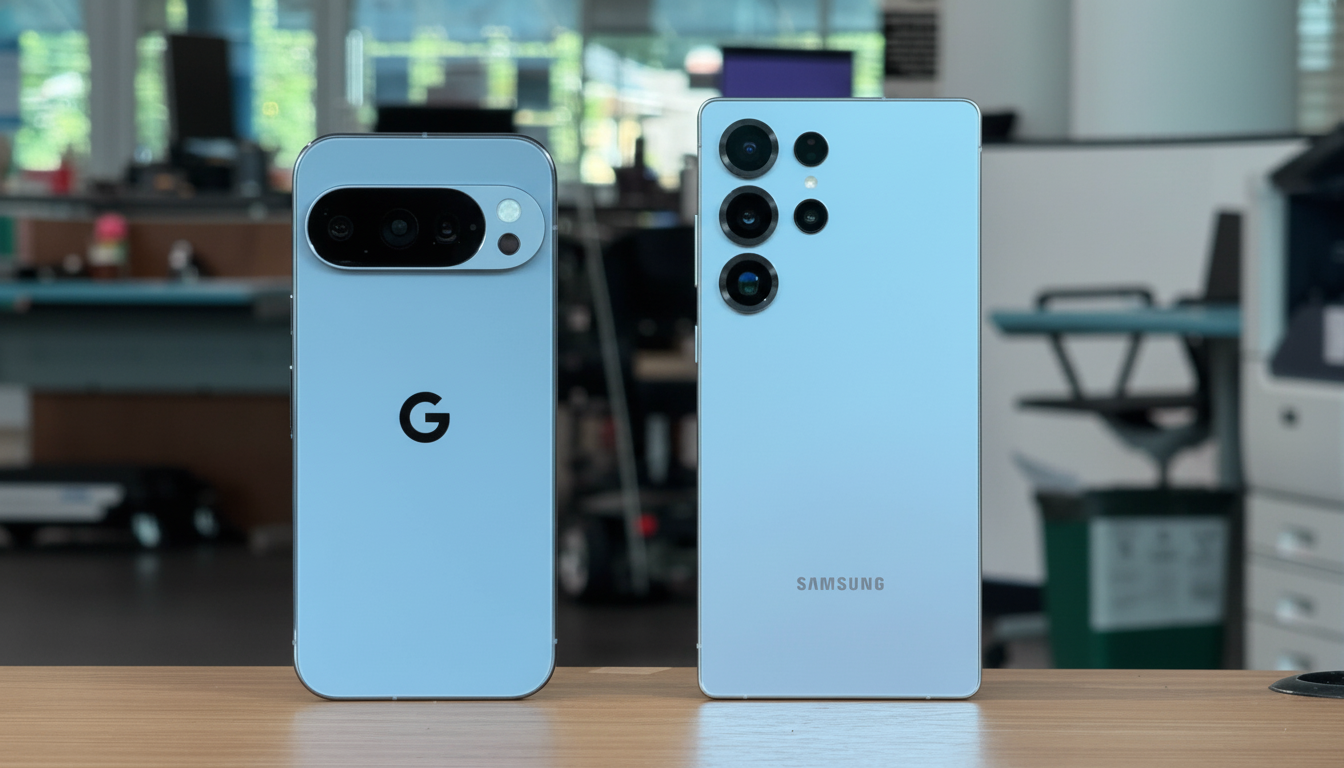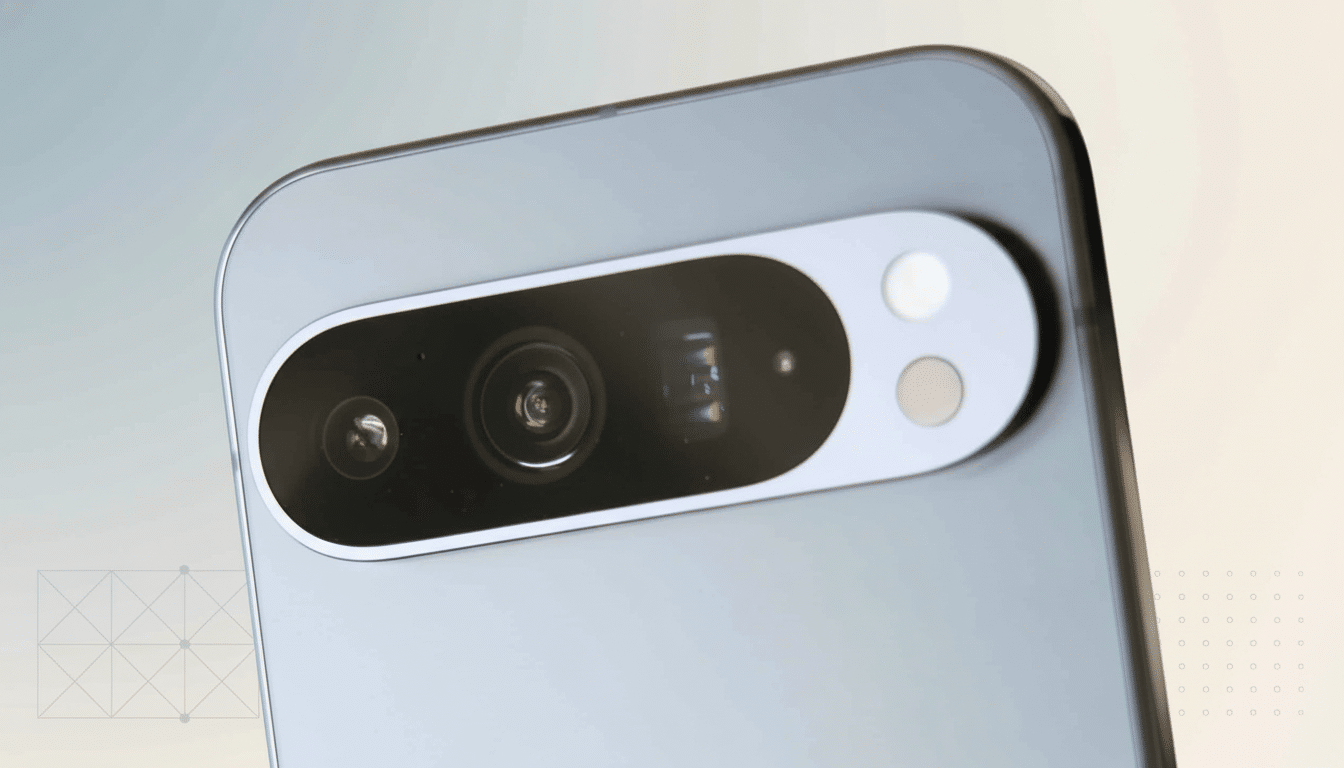A recent update to Pixel Camera is disrupting the app for users running de-Googled builds of Android, and the cause of the problem is such a minor aspect too. With the release of Google’s camera app version 10, it now depends on Google Play Services not for machine learning or location APIs but rather a custom font. The app would not even start without Play Services providing Google Sans Flex at runtime.
What’s new in Pixel Camera 10 and why it matters
While analyzing crash logs from within the GrapheneOS community, developers discovered that there’s a reference to Google Sans Flex in Pixel Camera v10 via the downloadable fonts mechanism. Independent Android reverse engineer AssembleDebug noticed that the app now checks Google Fonts Provider in Play Services (authority: com.google.android.gms.fonts) and assumes that they will be there. Version 9.9 did not contain this call and ran fine in systems where Play Services weren’t available.
- What’s new in Pixel Camera 10 and why it matters
- How a font can break an app without Play Services
- Who is affected, and why this change matters for users
- Workarounds and practical advice for impacted users
- What this change tells us about resilient app design
- What to watch next as Google updates Pixel Camera

In cases where Play Services isn’t installed or is intentionally sandboxed without font provisioning, the app’s initialization runs into a missing font resource and crashes. In other words, a UI styling preference has turned into a hard runtime dependency, transforming an aesthetic tweak into an availability breaker.
How a font can break an app without Play Services
Android’s Downloadable Fonts feature (introduced in the support library in version 26.1) allows apps to request a certain font from a provider instead of bundling it, keeping file sizes down. Google’s solution relies on Play Services as a trusted provider which is capable of also caching fonts to speed up operations. The pattern holds until an app expects the provider to exist.
The best approach is to have a local fallback or gracefully degrade to system fonts if the provider is missing. In this particular case, Pixel Camera v10 does not seem to use anything other than the provider path. No source, no Google Sans Flex… nothing. It’s one of those classic dependency-coupling traps that seems pretty easy to avoid in code with a simple runtime check and fallback.
Who is affected, and why this change matters for users
The breakage is mainly going to hit users of privacy-sensitive Android builds (GrapheneOS and other de-Googled builds), but also potentially devices where enterprise policies block Play Services. It might even bite the people running microG or minimal GMS setups. It’s a niche in Android’s enormous footprint (Android is on more than two-thirds of global smartphones, according to StatCounter) but it’s vocal and they tend to highlight regressions early.
Aside from the immediate outages, it points to a broader tension: first-party Google apps are increasingly dependent on Play Services. It’s a coupling that can upgrade features and security on popular devices, but diminishes compatibility with alternative distributions of Android, undermining its openness.
Workarounds and practical advice for impacted users
The easiest workaround is to revert Pixel Camera to version 9.9.106.773153235.19 (Build ID 68469120), which doesn’t rely on the font.

Users will need to manually remove the problematic update, install a good one from a trustworthy location via manual updating, and take steps to block unwanted updates from recurring. These are downsides of the rollback process, in that it could lose any recent bug fixes or feature polishing.
For GrapheneOS users who use sandboxed Play Services, meanwhile, they can keep Pixel Camera v10 running since the sandboxed version still provides fonts without requiring any privileged system access. Alternatively, third-party camera apps like Open Camera or community GCam ports circumvent this specific dependency but may lack Pixel-exclusive features including Face Unblur and some computational photography modes.
What this change tells us about resilient app design
The use of Play Services to display a proprietary font is one small change with far-reaching implications. For Google, including the font with a graceful fallback would fix compatibility at no cost to brand typography. For developers at large, it’s a lesson that “nice-to-have” UI assets should never be single points of failure.
Privacy watchdogs, such as those at the Electronic Frontier Foundation, have for some time raised red flags about any practice that ties essential functions to cloud or proprietary elements when local substitutions were available. Although this is a font-related case, the argument is identical: optional integrations must be optional. The fix here is neither difficult nor controversial — just good engineering hygiene.
What to watch next as Google updates Pixel Camera
Watch the release notes and app manifests in future Pixel Camera updates to see if Google re-adds a font or provider check. If that happens, then any patch is likely to be invisible to 99% of people, but important for the remaining non-GMS build users out there. Until then, the sensible course of action is the old app version or a sandboxed Play setup.
The bitter irony is that here we have one of the most sophisticated mobile camera apps available, yet it depends on a single, third-party font provider. It’s a tiny transgression, but also an indicative one — and an easy chance for Google to prove that thoughtful design and the Android ecosystem’s diversity are not at odds.

